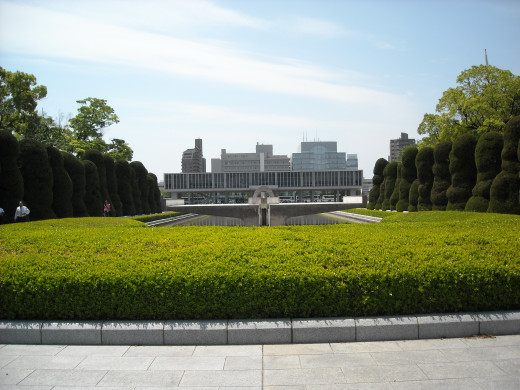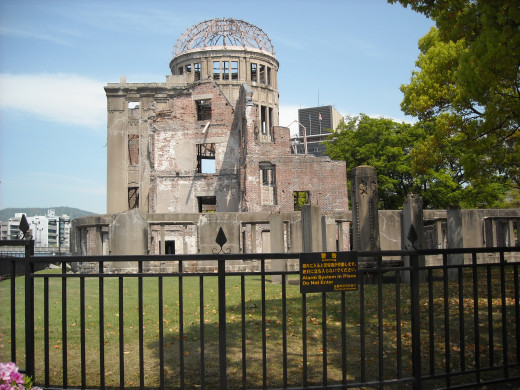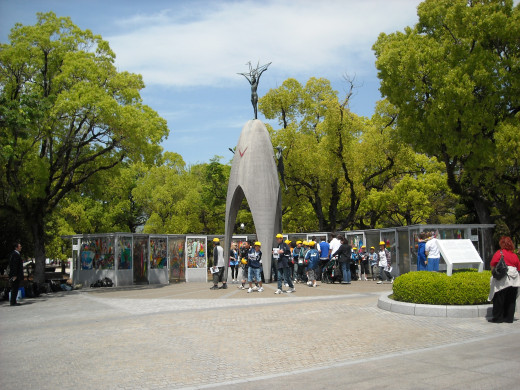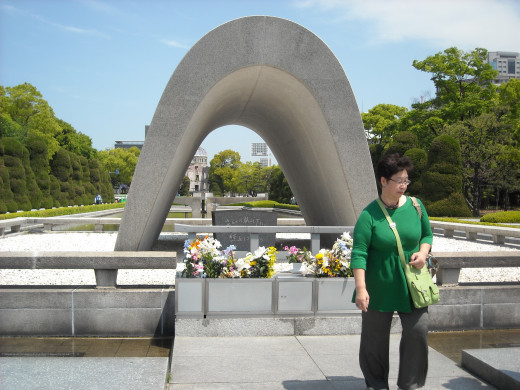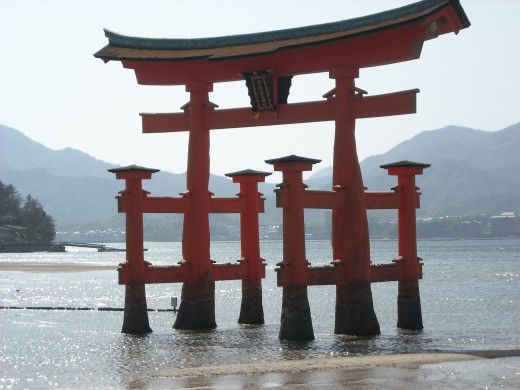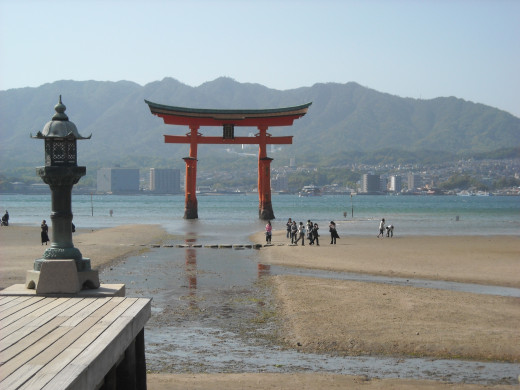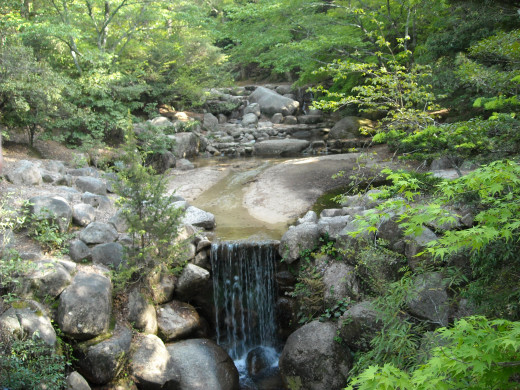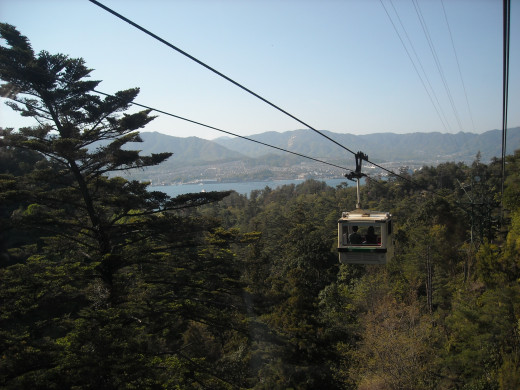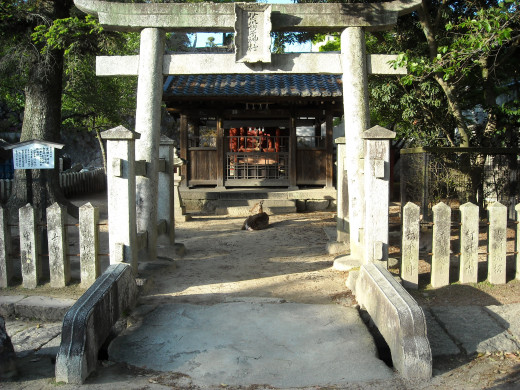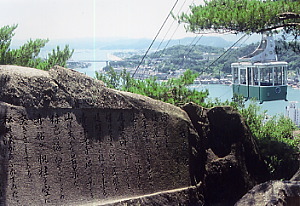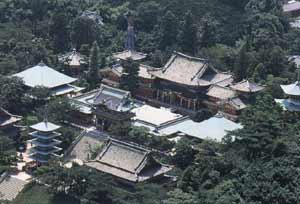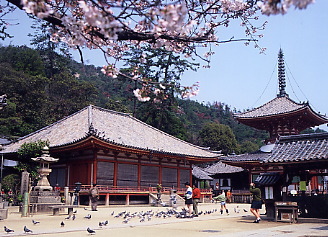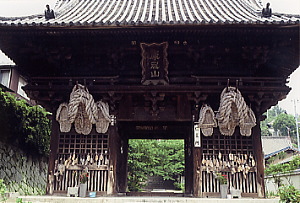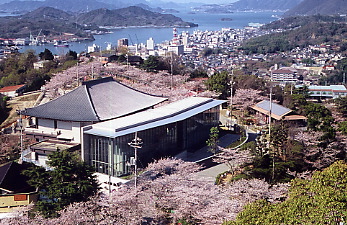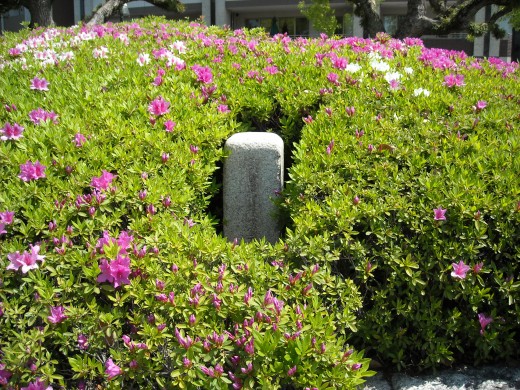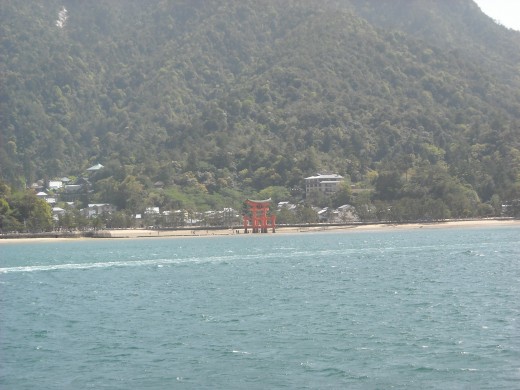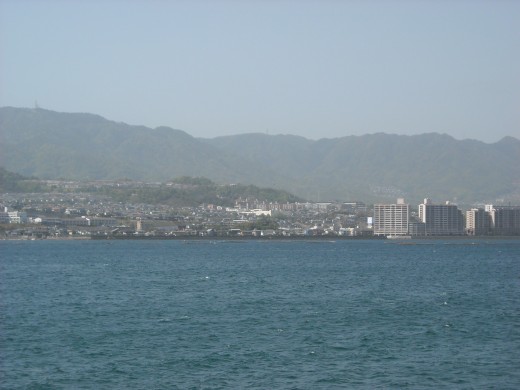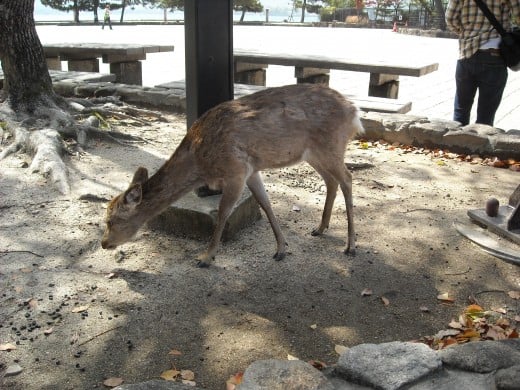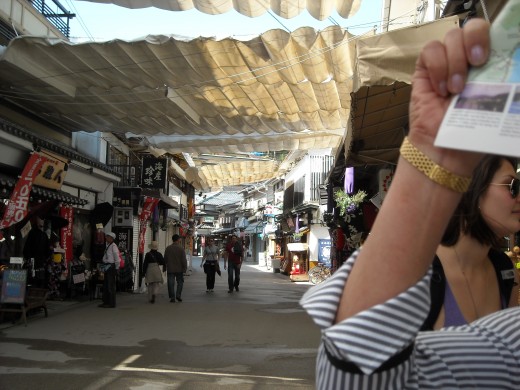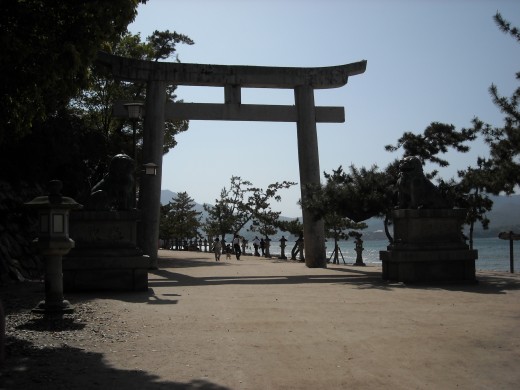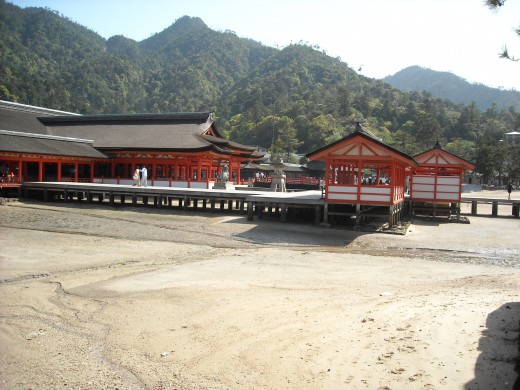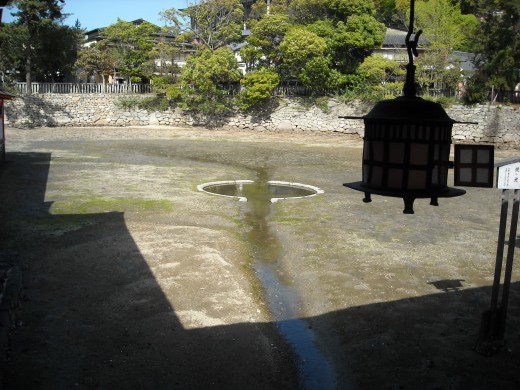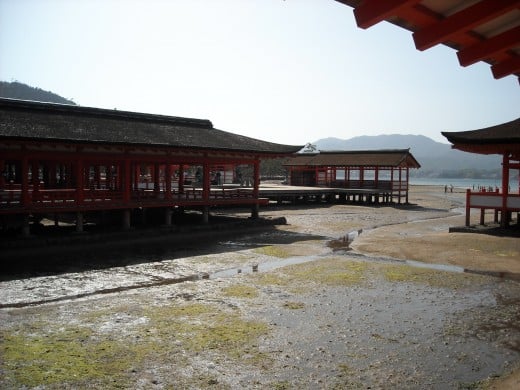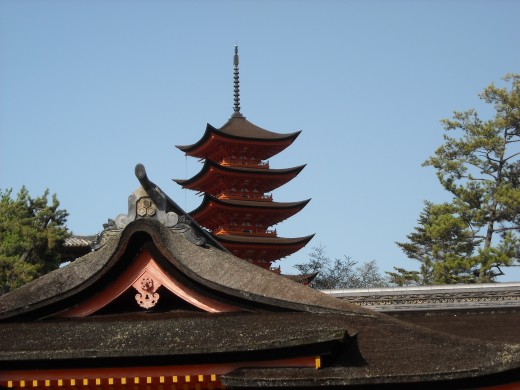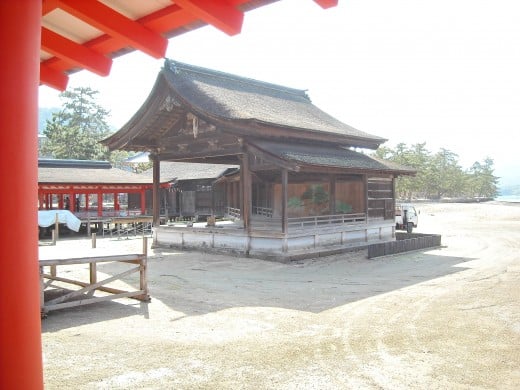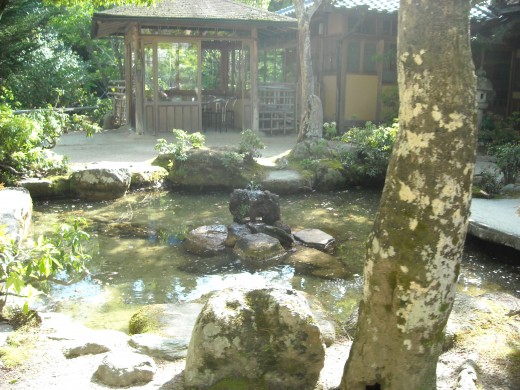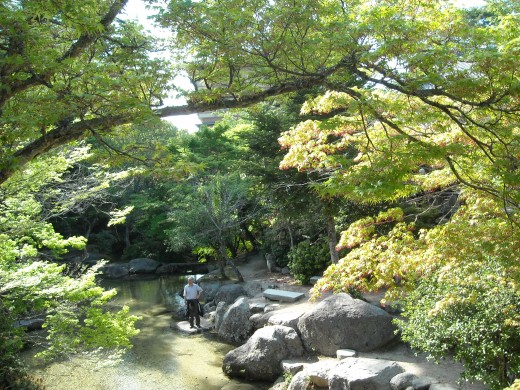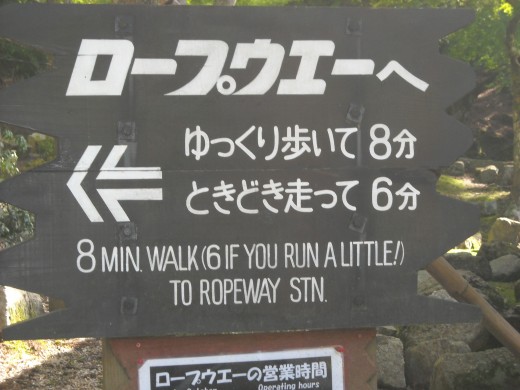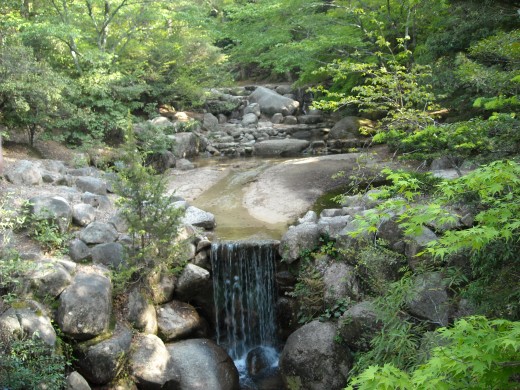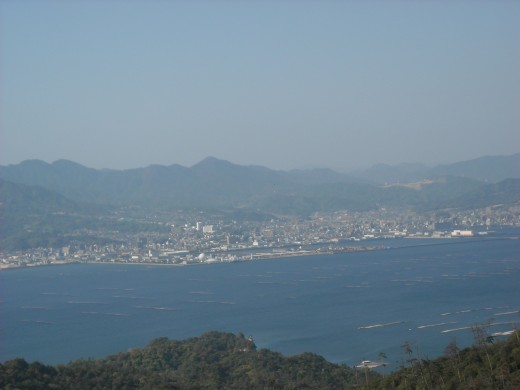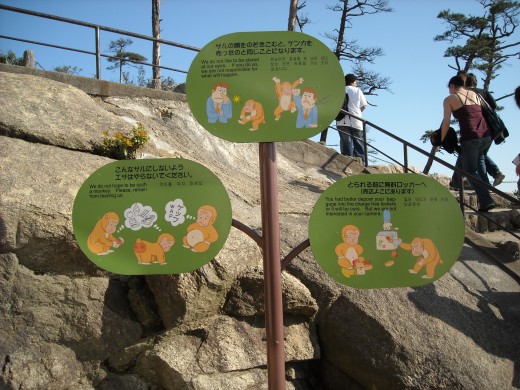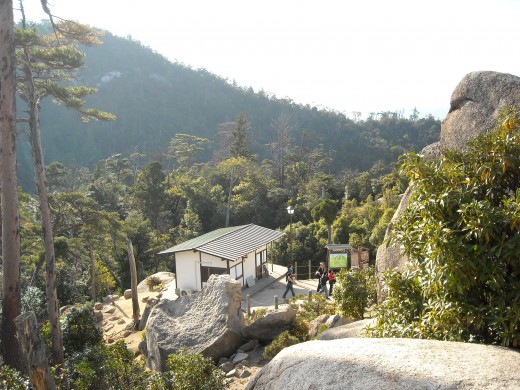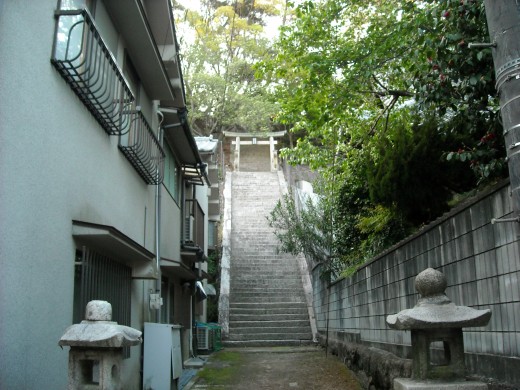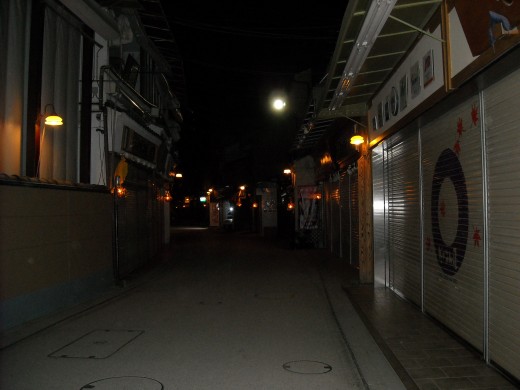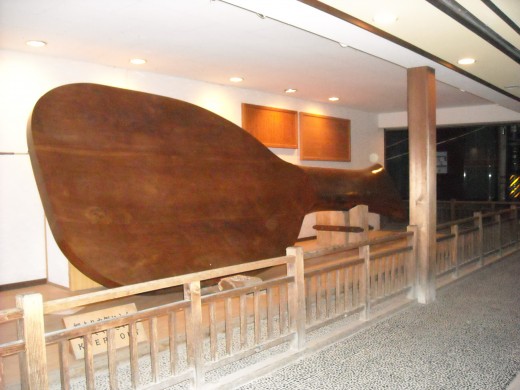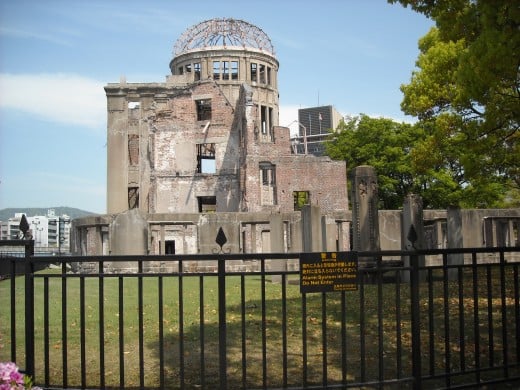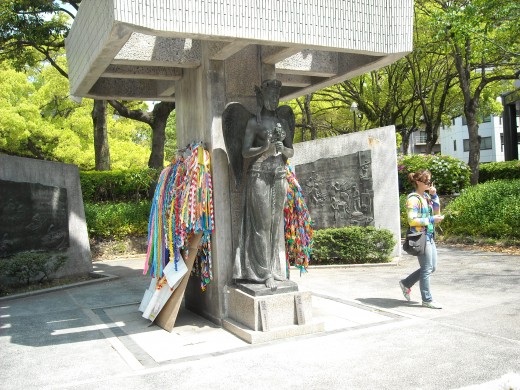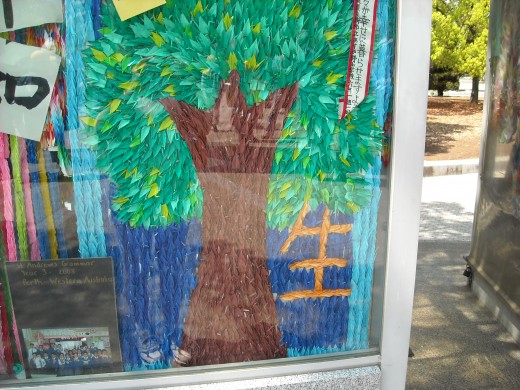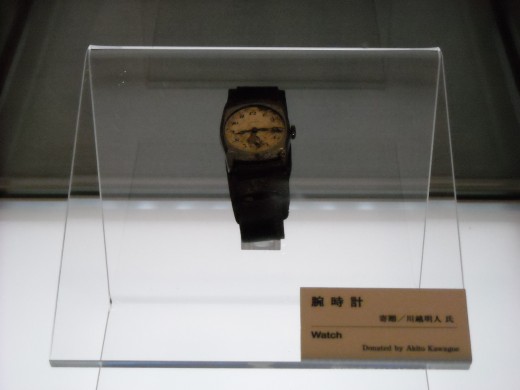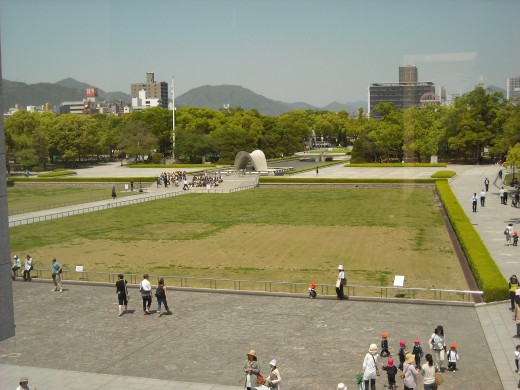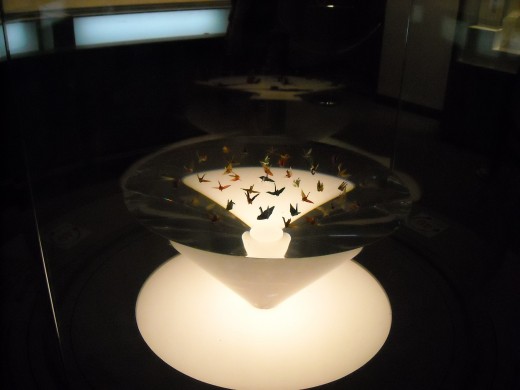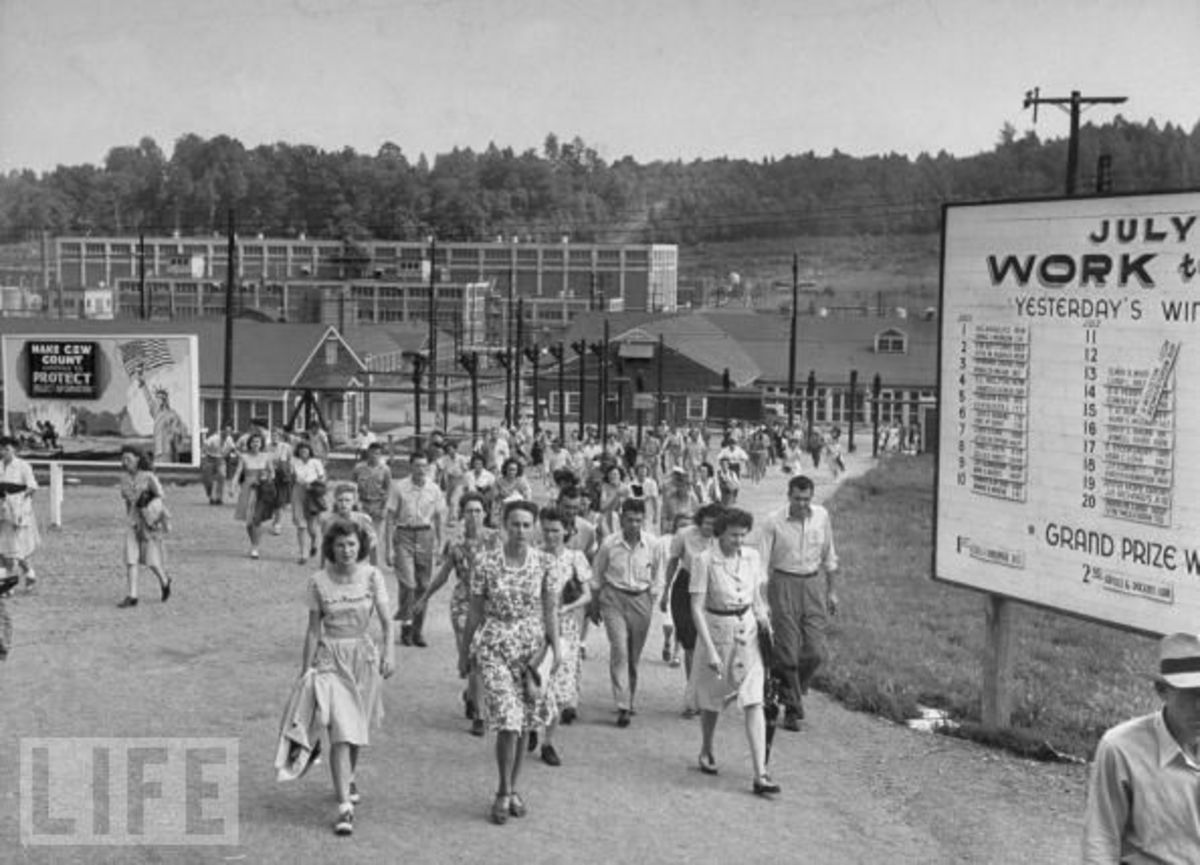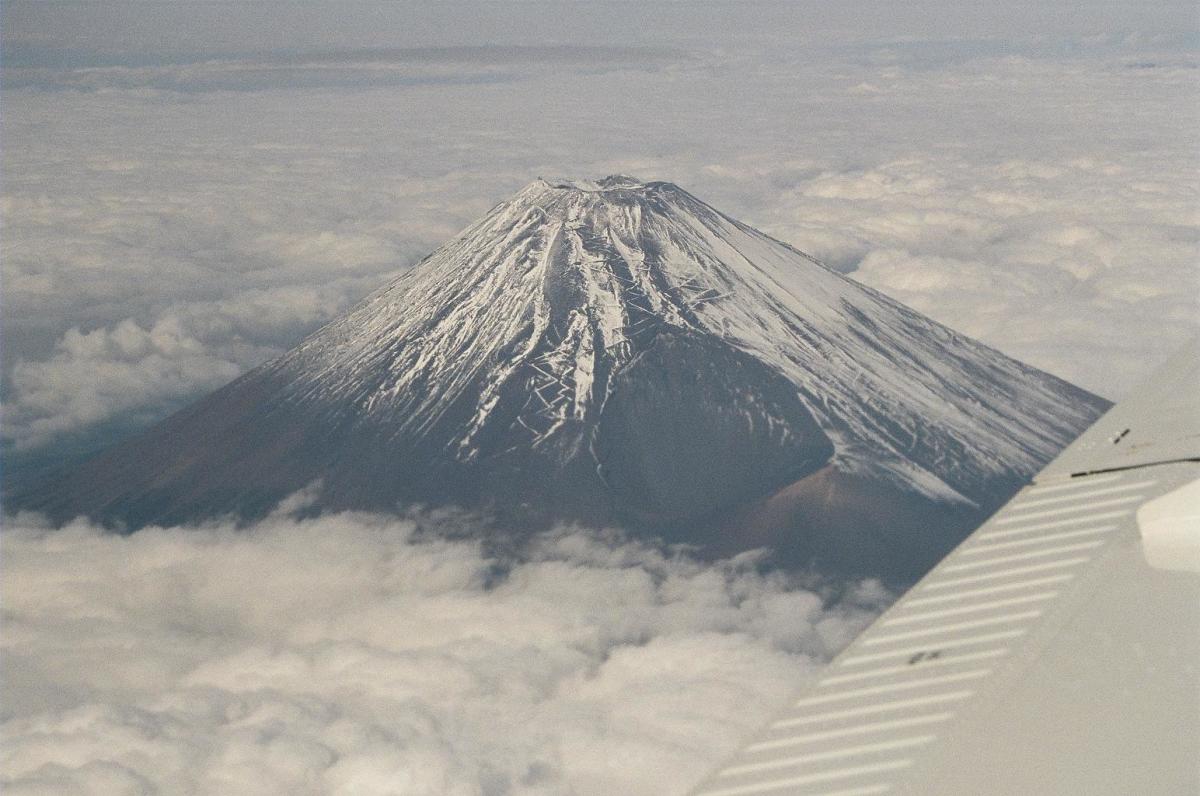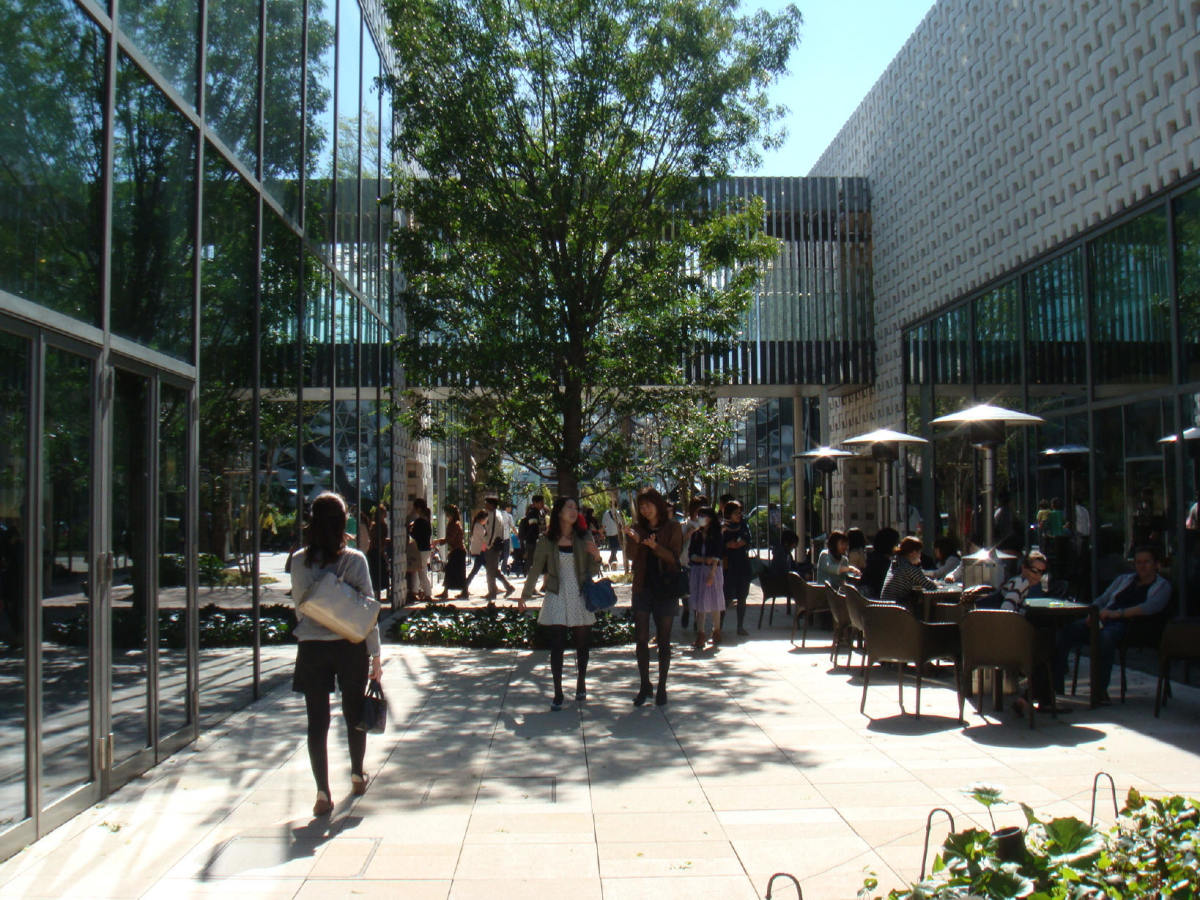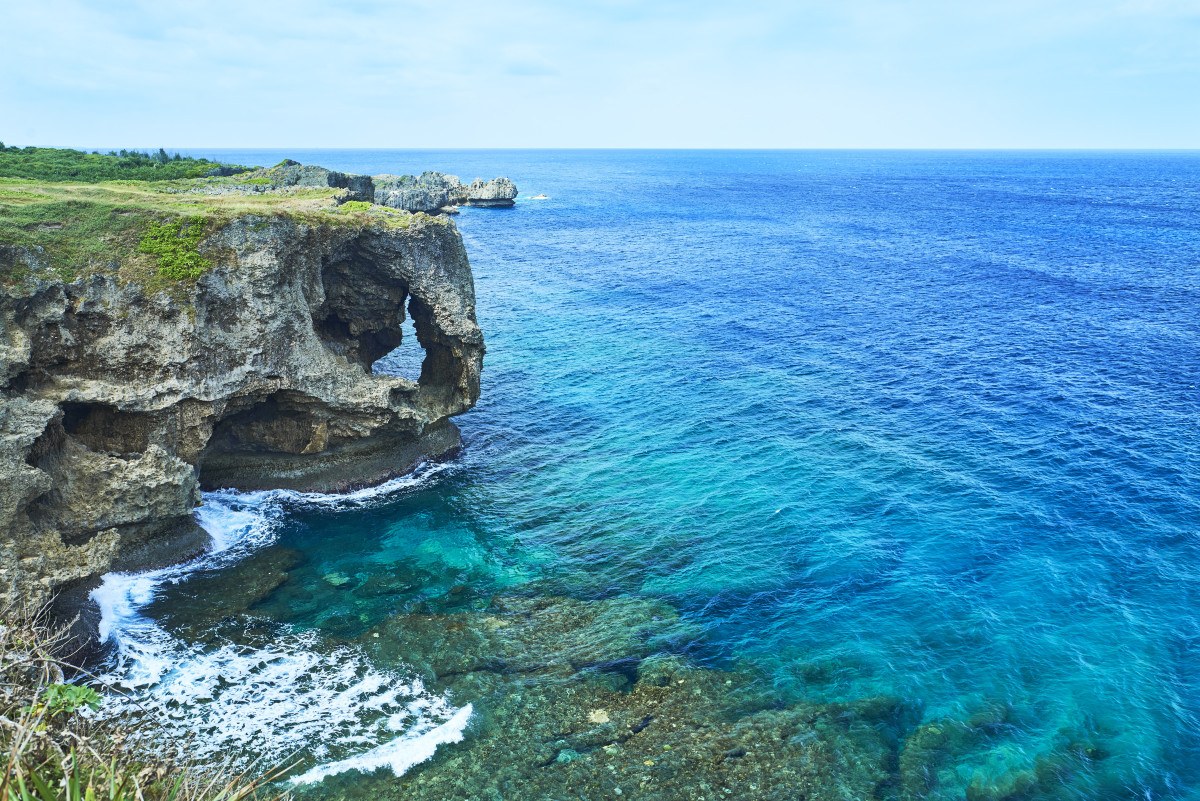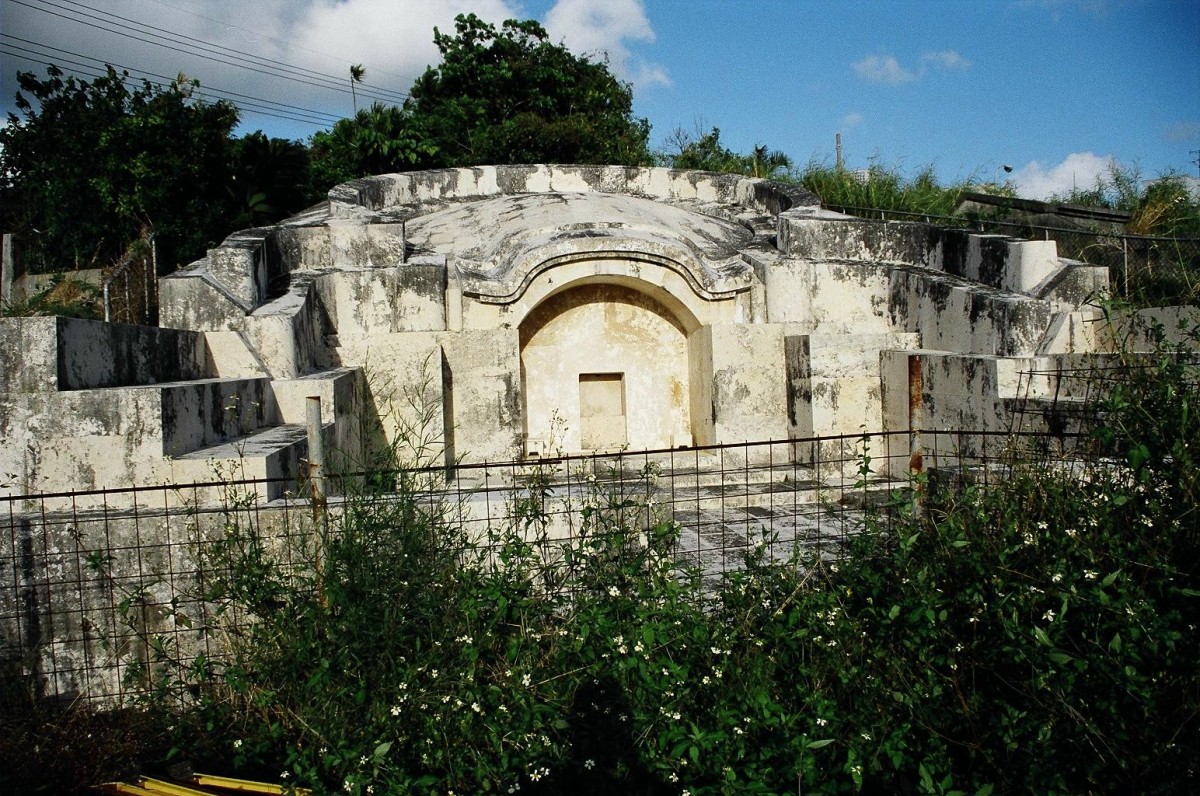- HubPages»
- Travel and Places»
- Visiting Asia»
- Eastern Asia
Japan's 47 Prefectures: Hiroshima

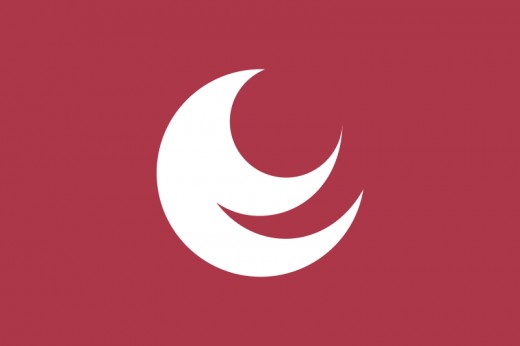
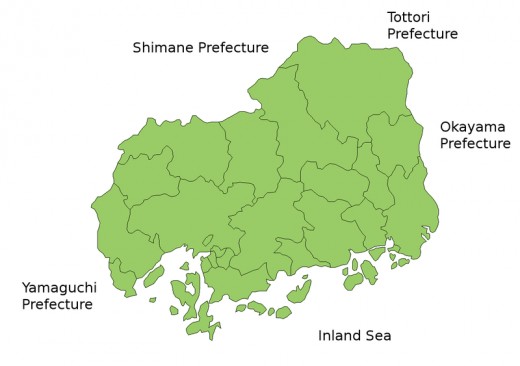
HIROSHIMA, A PLACE OF PEACE
Hiroshima Prefecture (広島県) is Japan's eleventh largest (by area) governing prefecture. Located in the western Chuugoku Region, Hiroshima's unofficial nickname is "Mini-Japan", thanks to so much traditional Japanese culture being shoved into every corner of the prefecture. It's located on the edge of the Inland Sea and boasts hundreds of small islands (some of them world famous) in its territories.
Hiroshima is perhaps best known to Westerners for its capital city, Hiroshima City, and its role as the site for the first atomic bomb attack in world history. And indeed, this world-changing event is a focal point of local lore and personal history. As a result of the atomic bomb, Hiroshima City has become a world beacon of peace as the city's official mission is to eradicate nuclear weaponry from the face of the Earth. But although most people probably travel to Hiroshima City to see this history and mission unfold, it should be known that it's not all there is to Hiroshima Prefecture - Hiroshima is home to a plethora of towns, cities, and islands all boasting their own charm and perchance to creating great memories. This hub offers both a brief factual overview of this green and peaceful prefecture as well as the top things to do and see in Hiroshima.
Have you ever been to Hiroshima?
AT A GLANCE
Capital: Hiroshima City
Population: 2,850,000+
Region: Chuugoku
Neighbors: Okayama, Shimane, Tottori, Yamaguchi
Weather: Cold mountainous climate in the north with heavy rains and warm mild climate in the south around the metro area. Hiroshima is void of many of the natural disasters, such as typhoons and earthquakes, that plague the rest of Japan.
History: Hiroshima is the old seat of warlord Mori Terumoto, who founded the capital city and built many of the castles in the area. However, after the Battle of Sekigahara, Terumoto was ousted and replaced with the daimyo Masanori Fukushima. Hiroshima area was known as a peaceful and prosperous area for hundreds of years, and by the time of the world wars was a central place for goods and strategics. Many citizens considered themselves lucky that Hiroshima went untouched by air raids - the reason for this, however, was because Hiroshima was on a short list for possible sites of the first atomic bomb. On August 6th, 1945, at 8:15 AM, the United States authorized the dropping of the atomic bomb over Hiroshima City, changing the face, shape, and future for the prefecture indefinitely. Although a majority of the city was destroyed and most of the people were killed either immediately or soon from wounds and nuclear disease, Hiroshima City has rebuilt itself past its former glory and is now a safe, healthy place of peace and reflection.





5 THINGS TO DO IN HIROSHIMA
1. Hiroshima City's Memorial Peace Park
Although there is more to Hiroshima than its history, it can't be argued that the main tourist draw to the prefecture and city is The Memorial Peace Park in Hiroshima City. Once the site of the Nakajima merchant's district, the entire site was originally destroyed after the bomb blast that exploded right above it in 1945. It has since been rebuilt as an expansive memorial park with over 50 memorials and includes heart crunching sites such as the Atomic Bomb Dome (epicenter of the bomb blast and a UNESCO World Heritage Site), Children's Peace Monument (a memorial to victim Sadako Sasaki that is always adorned with paper cranes), Memorial Tower to the Mobilized Students (dedicated to the working children killed in the blast), Atomic Bomb Memorial Mound (final resting place for the ashes of all victims), The Flame of Peace (which will burn until all nukes are eradicated), and many more.
The most heart wrenching "attraction" is the Memorial Peace Museum, which houses photos, artifacts, and stories related to August 6th, 1945. The first item you see is a wristwatch that is stopped at exactly 8:15 AM. The front of the museum has items such as accessories, kitchenware and other "safe" things that will tug at your heartstrings but shouldn't be too heavy. Halfway through you have the chance to leave before entering the rear of the museum full of graphic photos, charred clothing, and even samples of hair. Upon leaving you're welcome to leave a message of peace in the museum guestbook. The museum is not for the faint of heart, but is a definite must-see for anyone traveling through. Check the museum website for details on exhibitions and for help getting around the Peace Park.





2. Miyajima's Sights and Views
Just a short ferry ride away from Hiroshima Port is Itsukushima Island, home to Miyajima Town and one of the most recognizable sites of Japan, the "Floating Torii" of Itsukushima Shrine (and Hiroshima's second UNESCO World Heritage Site). Miyajima (as the island is collectively called) is a hot tourist spot for those looking to get out of the city and see some natural and traditional wonders of Japan. Right as you get off the ferry from Hiroshima Port is Itsukushima Shrine, surrounded by trees, mountains and the sea that gives credence to the idea of the "floating torii" just in front of the actual shrine grounds. (When the tide is out you can walk up and touch the gates for a great photo op.) Outside of the temple is the quaint downtown area of Miyajima Town, full of maple spoon souvenirs, deer roaming around, and the largest spatula in the world.
Amongst other things to do in Miyajima, another big attraction is the hike up Mt. Misen just behind the town. While many feel up to making the ascent themselves, a more popular avenue is going up via the convenient and scenic "ropeway". At the top is a grand view of mainland Hiroshima to the north and Shikoku island to the south. Be careful, though, for there are some rogue monkeys making the rounds and they aren't shy about taking your food.
Access to Miyajima is by ferry only - there are no roads in or out. The ferries are ran by JR and accept the JR pass.





3. Onomichi's Literary Bicycles
...Kind of. In Onomichi City, just east of Hiroshima City,are two popular walks to take. The first is "The Path of Literature", a walk that celebrates Onomichi's rich history as home to most of Japan's most famous authors. The walk path descends from Senkoji Park to the city and features 24 stones along the way that are carved with quotes from Onomichi's authors. The other walk, "The Old Temple Route", is a walk through 25 of Onomichi's beautiful temples, including Jikoji and Saikokuji.
If you want something more "fast paced" than quiet strolls through time, then hop on a bicycle and take the Shimanami Kaido Bikeway from Onomichi to Ehime Prefecture on the other side of the Inland Sea. The bikeway is over 70km long, but there are multiple stops on the many islands between the two destinations.
4. Akitakata's Muddy Dancing
Way up on the northern end of the prefecture, up amongst the Chuugoku Mountains, Akitakata City is a merger of old traditions and new. On one hand there's the ancient Shinto form of "kagura" dancing still practiced in full force throughout the city. Many festivals and competitions centering around this highly traditional art form still thrive throughout the year in Hiroshima Prefecture, with Akitakata City the center of festivities.
Many traditions, both old and new, center in Akitakata City around the abundance of rice paddies in this agricultural land. The old tradition is "hanadaue", in which men play taiko drums and flutes while the women sing and plant rice. In recent years a resident foreigner introduced "mud volleyball" to the locals. Today an informal league centering around local and foreigner competitions plays out in Akitakata's unused rice paddies.
5. Take the Tram
Back in Hiroshima City, one thing the average tourist will notice first (while en route to the Memorial Peace Park) is Hiroshima's extensive tram network. Not buses, not trains, (although those both exist in full force as well), but trams (or, streetcars). Hiroshima City is one of the few extensive tram supporters left in Japan, and they're known for taking "working leftovers" from other cities' old and now forgotten networks. Streetcars from Kyoto, Osaka, and other large cities all run the lines in Hiroshima. For an old-timey restoration period feel, hop around Hiroshima on a tram - it's slow and pretty bumpy, but it's an experience you're not likely to get in most other places in Japan.
English Homepages for the Cities of Hiroshima
Other Places of Interest
- Takehara City - "The Little Kyoto of Aki", the old warehouse district of Takehara is considered one of Japan's "100 Most Scenic Towns".
- Etaijima City - Host of two popular marathons - The Orange Marathon, in which participants are given a bag of oranges; the Oyster Marathon, in which participants are given oysters.
- Fukuyama City - Home of the Rose Festival, held every May.
- Ootake City - Home to a large group of Russian immigrants; Japan's own "mini Russia" with Russian shops and restaurants.
- Hatsukaichi City - Holds a small market on the 20th of each month, from which the city gets its name.
- Higashihiroshima City - Famous for its plethora of sake breweries and its annual sake festival.
- Fuchuu Town - Headquarters to Mazda Cars. Great for automobile aficionados.
Hiroshima Gallery
Click thumbnail to view full-size






























